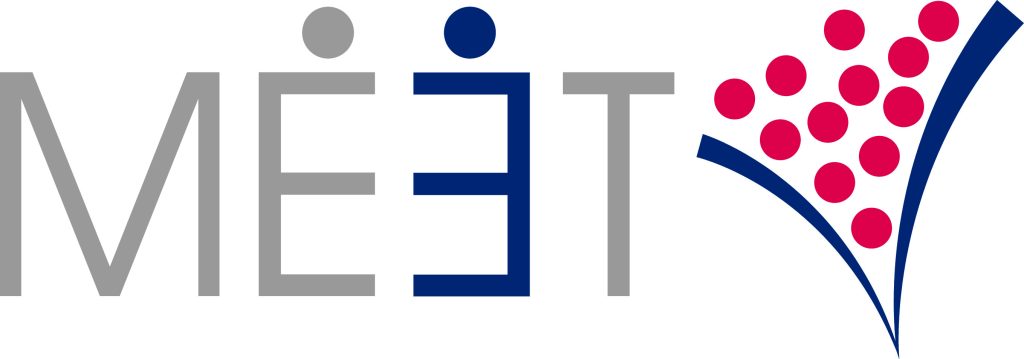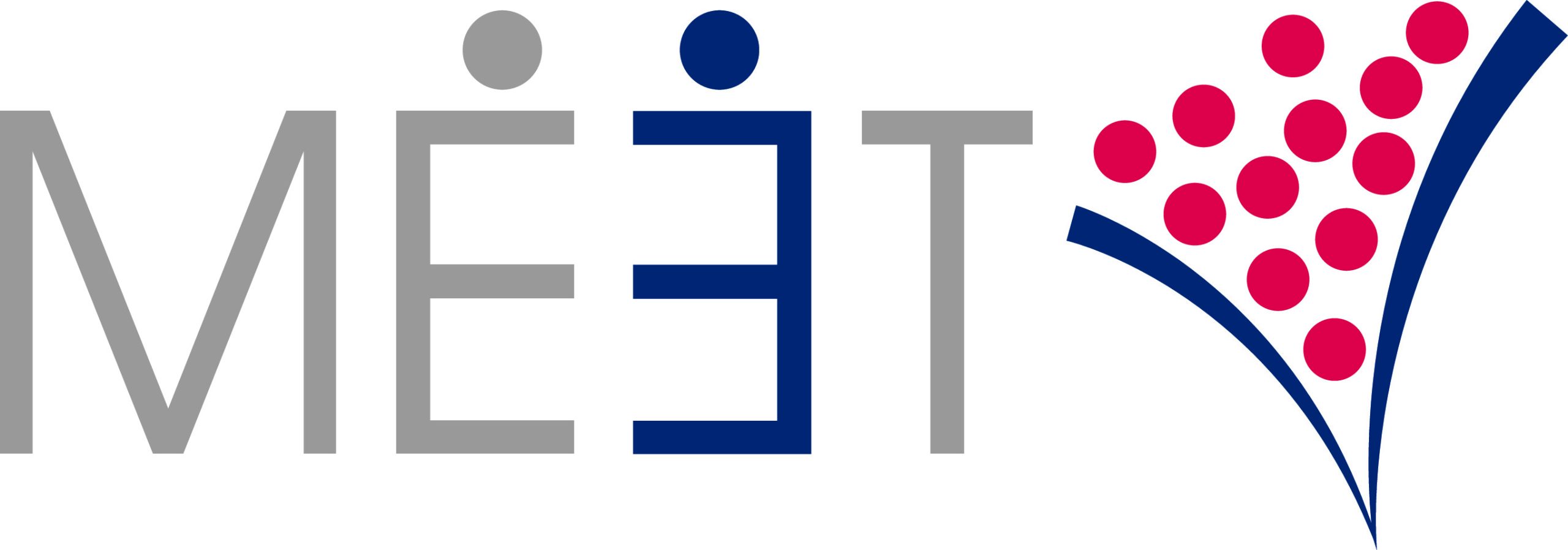Mastering Virtual Meetings with Melanie Fox, Founder, Speech Fox
Link to podcast found HERE Transcript to podcast found below: Bill : Hi and good morning Bill Kenny here from meet and this is the belly2belly podcast today we have a fantastic guest, Melanie Fox from Speech Fox, and Melanie, welcome today. Melanie : Thank you so much. Good morning. Bill : Good morning. And so you know one of the really interesting things about kind of where we are right now we’re you know, a year into roughly a year into this COVID crisis and you’re just so used to meeting online now but it it clearly, some are really good at it. Some are less good at it. And you’ve been working with folks about sort of optimizing their use of the Zoom platform, both from a technical standpoint, but also from a functional standpoint and what you know, what do they do and how do they do it? And, you know, I think this is a really interesting area to dive into, because we now have I mean, you see, you know, certainly there’s a lot less or almost no in-person meeting going on. Everything is virtualized, whether it’s trade shows, or people are doing more webinars and podcasts and all that, to try to find ways to interact. There are more virtual meetups, all different types of ways to use these virtual platforms. And but yet, you know, I think there’s still maybe it’s a variety of etiquette issues or, or, or technique issues that are opportunities for all of us that are using these platforms. So today, I’m hoping that we can talk through not just where the challenges are but maybe where some of the best practices are. Before we get into that, though, let’s take a minute and learn more about you. And do you want to just give us a few minutes on your background and your work and what you do at speech, Fox? Melanie : Sure. So, again, I’m Melanie Fox. I founded Speech Fox, about 20 years ago, it a little bit informally at first and then more formally and my specialty is coaching speech. So I’m a speech coach, but I specialize in a few things, accent production for folks from all over the world, including folks with regional accents in the United States that they feel like might get in the way and then folks who are second language learners or maybe, maybe it’s their third or fourth language, so folks who speak English as a new language that they learned right away as a teenager or older and so English is not a native tongue for them. So folks that need work on their accents are one of the primary sectors of my client base. And another function of what I do with my clients is work on presentation skills, which now is heavily virtual. I help folks with their presentation skills both on site and online. But of course, due to COVID. My work currently is exclusively online for everyone’s safety and it’s a lot of fun to coach people to use this not so new medium anymore, to really do their best work and be really engaging. So that’s part of what I do some other facets of what I do. I am a dialect coach, so I help actors change their accent. Maybe they want to speak Standard American English and maybe they want to sound like they’re from somewhere else in the world. So I do that as well. And most recently, I started work with a company called Mango Languages. It’s the language app that I’ve loved the most for years. And I was a fan of it. I met some folks at a conference got so excited about their product that a few years later turned out I wound up trying to spread the love of world language learning. And they have a we have an app and also light language lessons. So I’m the coach for English accent reduction and when I meet people who need coaching on other languages, I do that through my partnership with Mango Languages. So that’s sort of what I do in a nutshell and it covers everything from communication in English to presenting online to communicating and presenting in another language on in any medium. So I hope that sums it up. Bill : That’s fantastic. Now thank you so much, Melanie. So I’m thinking that it would be good for us to do it. Obviously there are a few different personas who are using the virtual platforms. And you know that maybe the first one that comes to mind is that person who’s hosting a webinar or some type of event like that, maybe an executive briefing or something of that nature. You know, let’s talk through some of the things that you’re seeing are important for that individual to consider maybe some of the challenges that you see people having in facilitating those types of meetings. Melanie : Sure. So one of the first things if somebody can ask me for my help in consulting on a presentation, the first thing I usually ask is, how big is the audience? What’s the goal? And you know, what, what do you envision this meeting or presentation to look like? And what the reason I’m asking this is to make sure they’re choosing the right tool or a tool that works well for that type of that type of online meeting or event. For example, Zoom is, I think, far and away I would guess, the most popular these days. And there are different flavors of zoom. There’s the regular Zoom meeting like the one we’re on now, which I think is very conducive for you know, up to could be up to 50 100 people if you’re really really skilled at manipulating zoom. And if you’re having a town hall or an event that’s large, it has people coming and going

